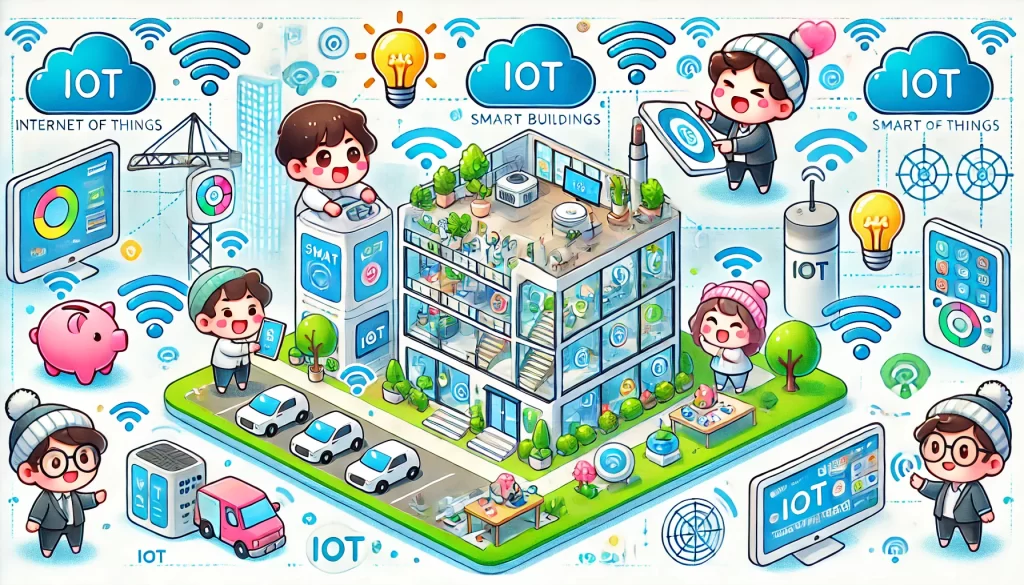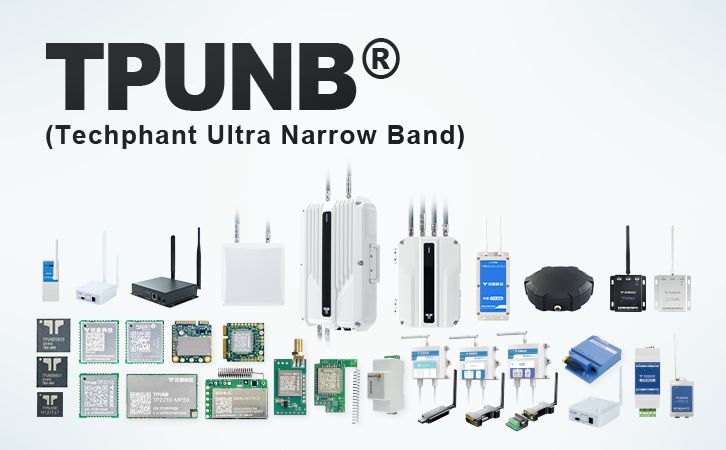The four types of IoT can be categorized based on their application domains and target users. Here is a detailed breakdown:
The 4 types of IoT

Consumer IoT (CIoT)
This type focuses on personal use and consumer markets, enhancing convenience, comfort, and lifestyle through connected technologies. Examples include smart home devices (e.g., thermostats, security cameras), wearable technology (e.g., fitness trackers, smartwatches), and connected appliances. It aims to improve daily life by enabling remote control and automation .
Commercial IoT (CIoT)
Commercial IoT is deployed in business and industrial settings to optimize operations, reduce costs, and enhance efficiency. Applications include smart buildings, industrial automation systems, and asset tracking solutions. It leverages IoT to streamline processes and improve decision-making in sectors like retail, healthcare, and logistics .
Industrial IoT (IIoT)
Industrial IoT (IIoT) integrates sensors and connected devices into industrial processes to achieve smarter, more efficient production. It focuses on optimizing manufacturing, logistics, and energy management, with applications such as predictive maintenance, machine monitoring, and smart factories. IIoT enhances productivity and reduces downtime in sectors like manufacturing and energy .
Infrastructure IoT
This type supports urban and public infrastructure management, aiming to improve the efficiency and functionality of critical services. Applications include smart cities, intelligent transportation systems, and environmental monitoring. It integrates IoT into urban planning, traffic management, and public safety to create smarter, more sustainable environments .
Alternative Classifications (Based on Network and Ownership)
Other evidence highlights alternative classifications of IoT, such as:
- Private IoT: Services within a single organization.
- Public IoT: Services for the general public or large user groups.
- Community IoT: Services for specific communities or institutional groups (e.g., local governments).
- Hybrid IoT: A combination of private and public IoT with a unified backend .
These classifications focus on network ownership and coverage rather than application domains. However, the most widely recognized and contextually relevant categorization is the application-based four types (Consumer, Commercial, Industrial, and Infrastructure IoT) .
Key Considerations
Network Technologies: IoT devices communicate via different networks (e.g., cellular, LPWAN, Wi-Fi) depending on use cases, such as coverage, power consumption, and data requirements .
Data Processing: IoT systems rely on sensors, connectivity, data processing, and user interfaces to collect, analyze, and act on data .
Challenges: Common issues include interoperability, security, and data privacy across all IoT types .
This structured approach ensures clarity in understanding IoT’s diverse applications and their tailored solutions.


